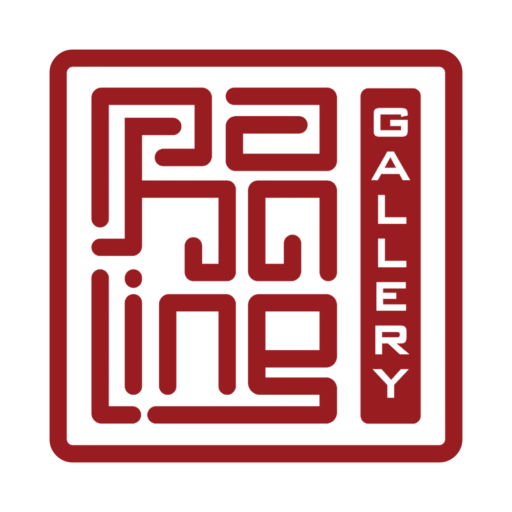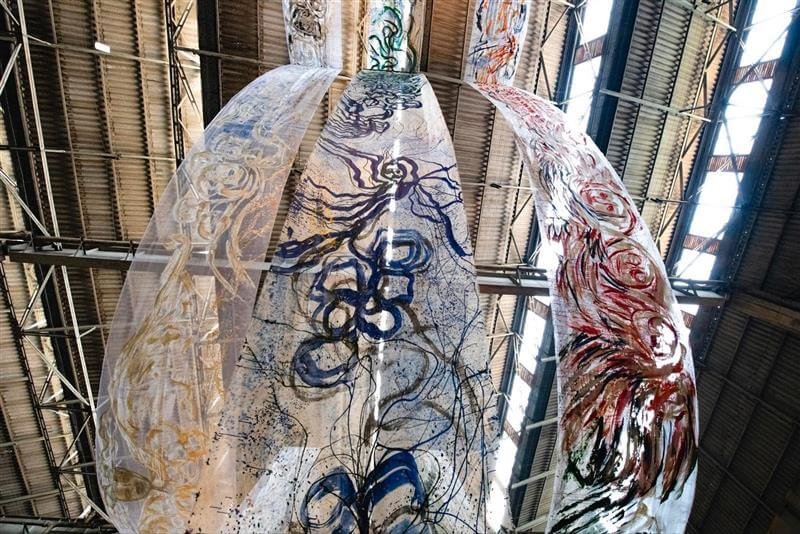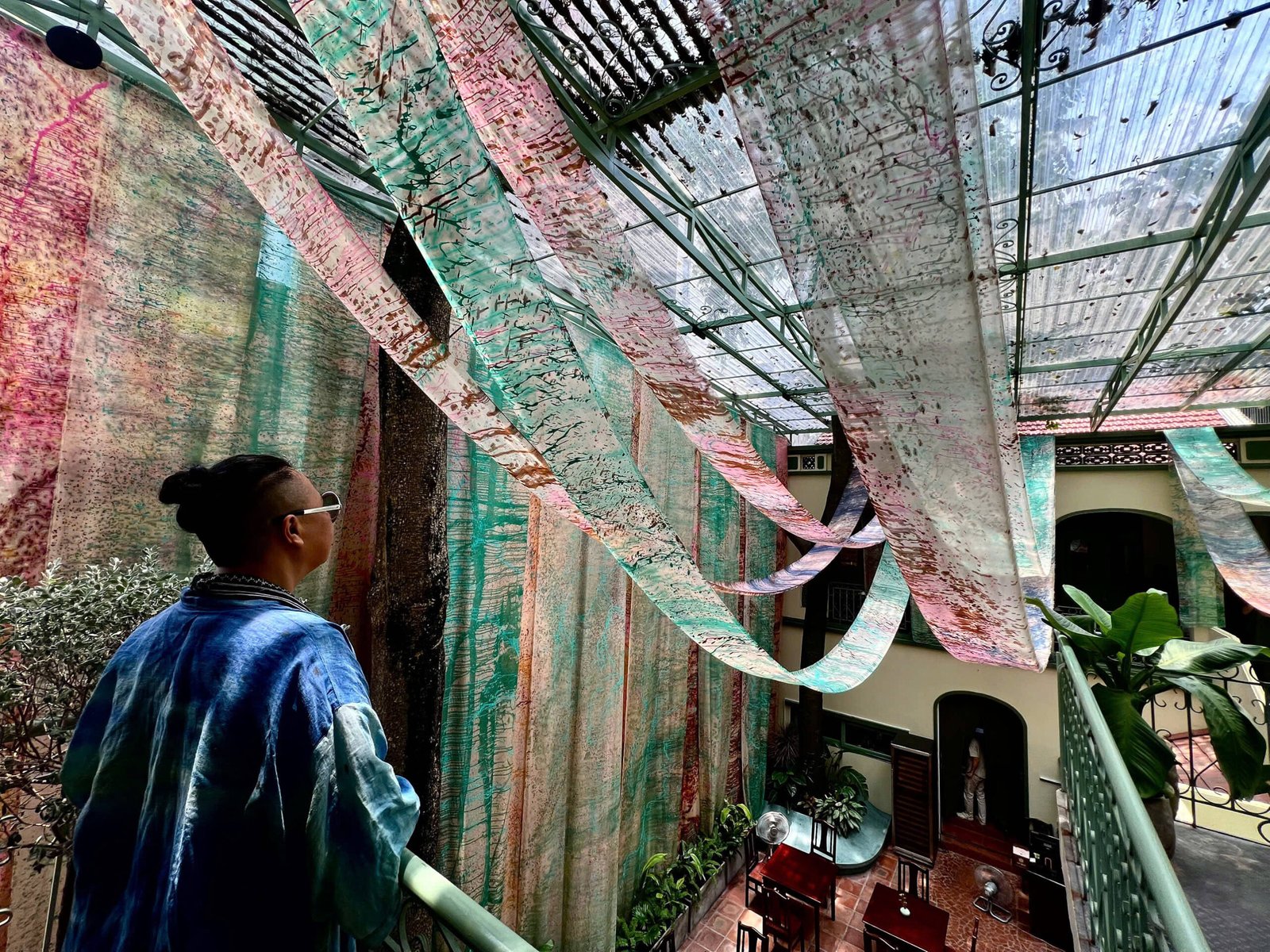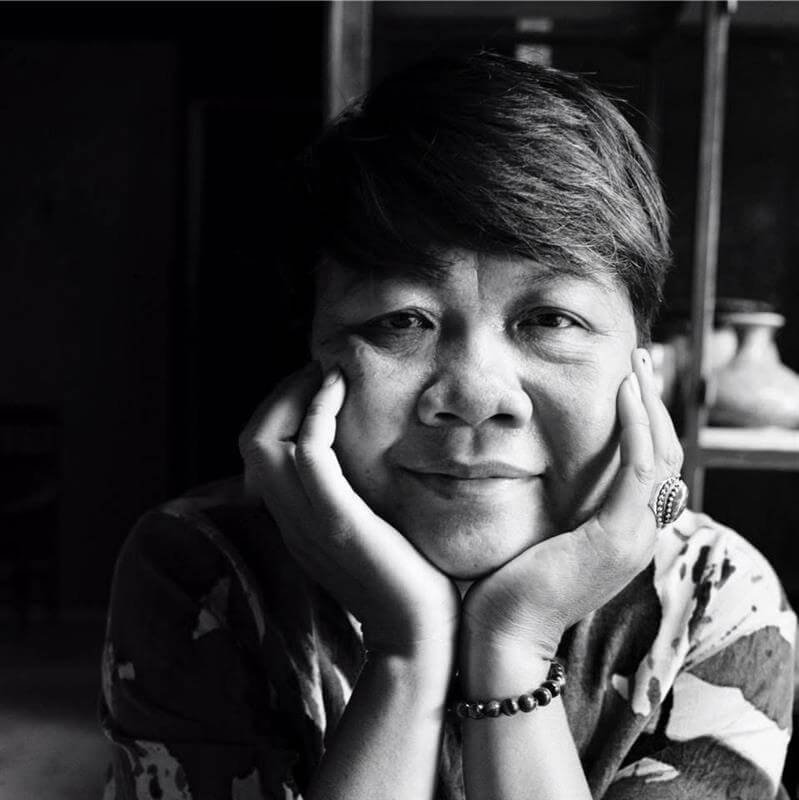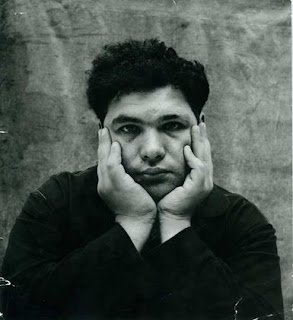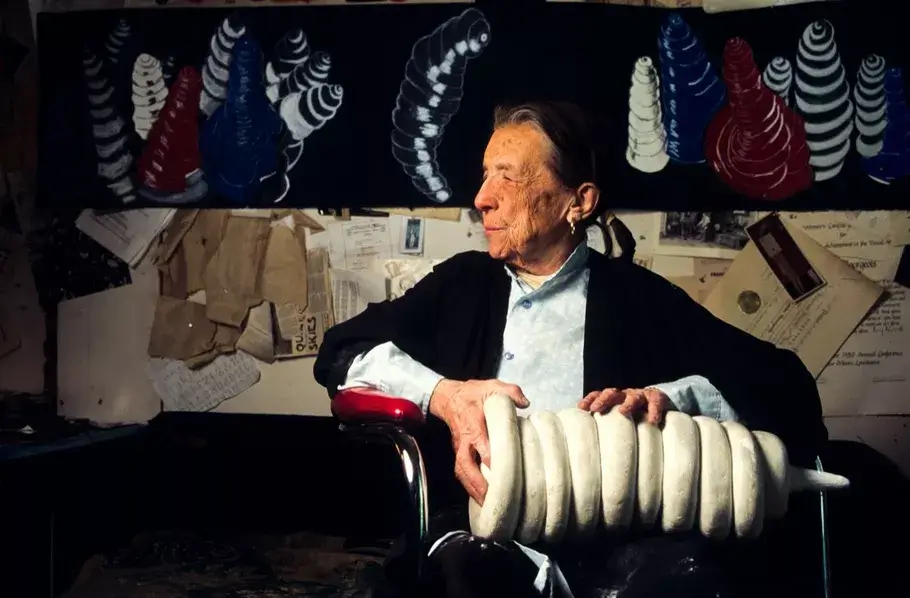Introduction: A Call That Cannot Be Ignored
There are artists who paint with their hands, and there are those who paint with the tremors of their entire being. Trần Thị Thu — known widely as Thu Trần — belongs unmistakably to the second kind. Her art has surged for years like a torrent of untamed energy, unafraid of excess, yet grounded in deep stillness.
She roams across Vietnam — north and south, forests and seas, mountains and plains — as though searching for new surfaces upon which to cast her webs of love and longing. Wherever she goes, she leaves behind not merely objects of art, but traces of an elemental dialogue: between self and nature, body and memory, freedom and fate.
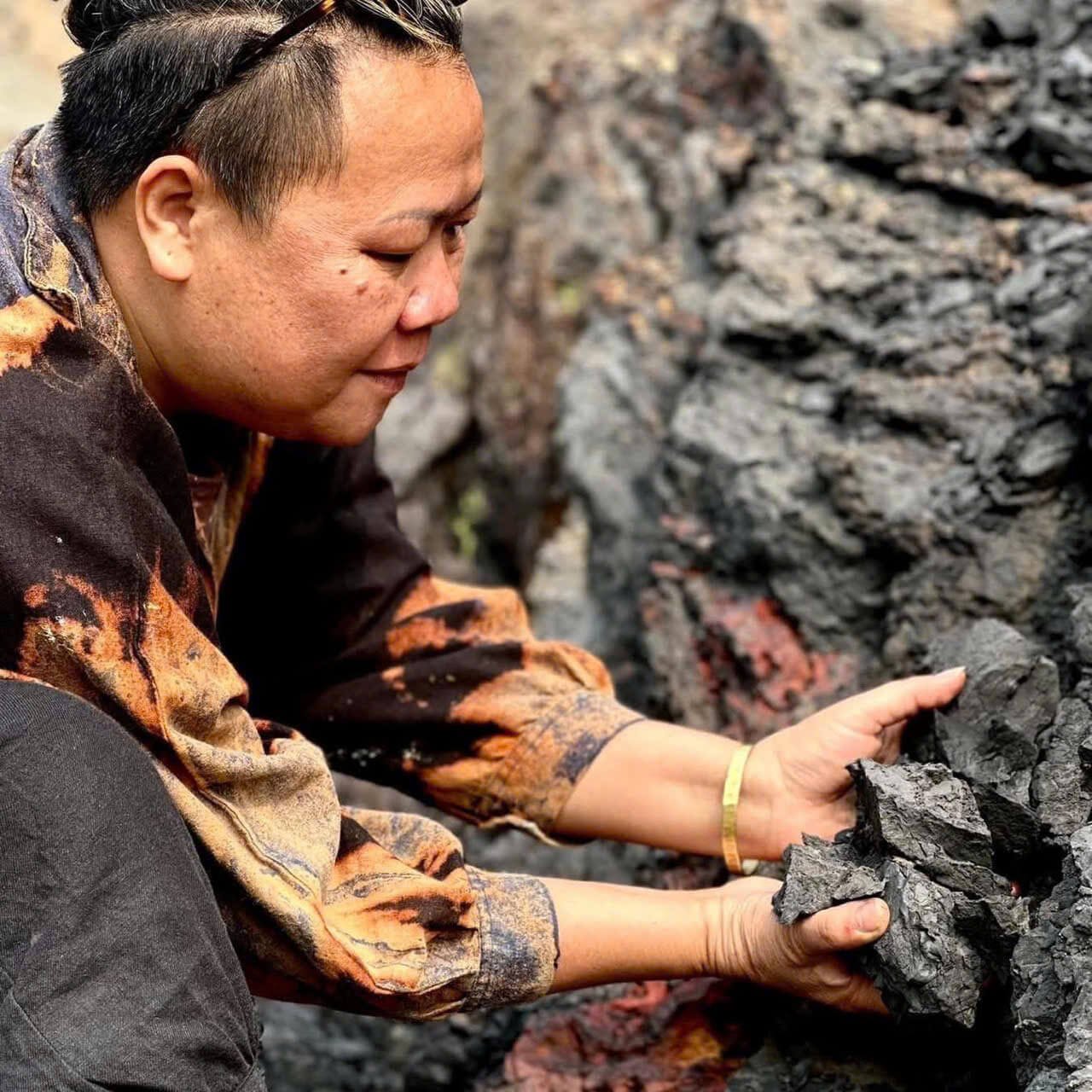
“It is not a dalliance of a fleeting moonlit walk,” critic Lý Trực Sơn writes, “but the labor of a soul seized by conviction.”
Thu Trần’s art resists easy description. It is not ornament but philosophy, not embellishment but existential exploration. At its core is Tiếng gọi — “The Call” — a title that captures her practice itself: a voice rising from earth and water, from ruins and rebirth, and from the hidden chambers of the body.
I. Language of Origins
Thu Trần’s choice of materials is never decorative. Silks draped from rafters, handmade papers invented from pineapple fiber, dó bark, or dướng wood, pigments distilled from ochre and soil — each element is chosen not for novelty but for resonance. They speak a language of origins.
She insists that only when colors “enter into one another” — seep, mingle, and dissolve — can they reveal the depth she seeks: the voice of Earth Mother herself.
Art critic and Chairman of the Vietnam Fine Arts Association Lương Xuân Đoàn once observed that her practice is “a language of the body, intimate, restless, and burning.” Indeed, even in works of monumental scale, the pulse of intimacy persists. Her palette, stripped of cosmetics, speaks instead of stone, clay, roots, and ash.
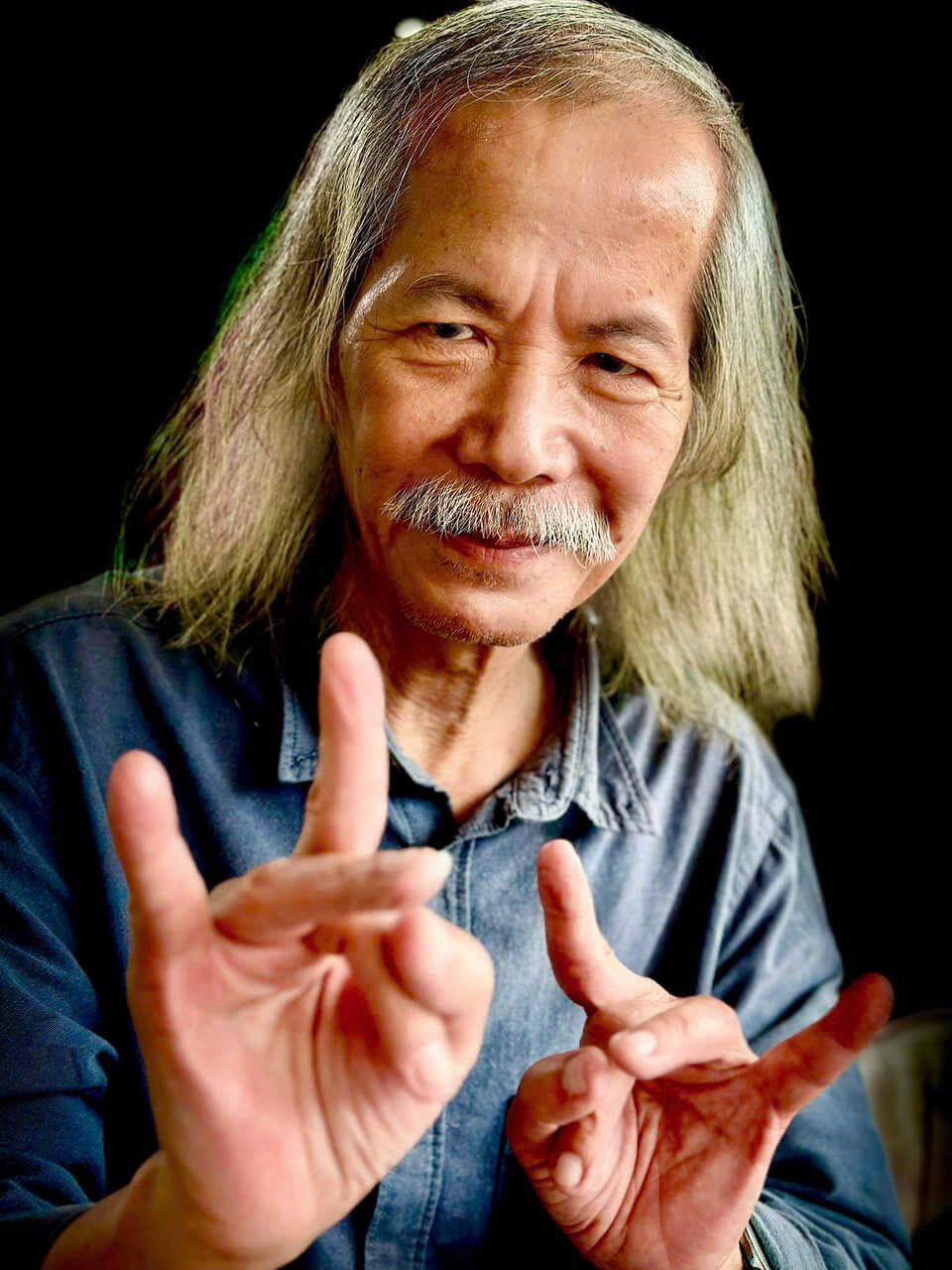
Yet this primality is not regression. Rather, it is what philosopher Gaston Bachelard might call the material imagination: rediscovering the metaphysical through the physical, letting stone or silk articulate what reason cannot.
Her handmade papers in Mưỡu exemplify this. Their uneven surfaces invite pigments to wander, to bleed into trembling rings. The result is not mastery imposed but conversation — the artist allowing accident and chance to speak.
II. Feminine, Mythic, Existential
If her pigments speak of origins, her forms summon myth. Draped silks rise like waves, collapse like wombs, and unfurl like banners of battle and lament. Critics have linked them to Đẻ đất, Đẻ nước — Vietnam’s great creation epic.
Here, what author Vũ Hoàng Hoa identifies as the “tính nữ” — the feminine principle — is unmistakable. But it is not mere motif. It is force: generative, inexhaustible, and raw.
Her works embody paradox: the feminine as both wound and plenitude, as grief and grandeur. “If there are tears,” Lý Trực Sơn reminds us, “they are magnificent, resplendent.”
Yet beyond gender, her work reaches into the existential. Silk billows, then collapses. Pigment seeps, then fades. Even paper is fragile, vulnerable to touch and time. What she offers is not permanence but intensity — a fleeting yet unforgettable presence, a living reminder of our own impermanence.
This is why her installations unsettle. They draw viewers into their folds, demanding not only admiration but encounter. One senses beauty, but also exposure — the confrontation of existence itself, where love and mortality interlace.
III. The Encounter with Space
Thu Trần does not treat space as backdrop. She treats it as adversary and partner.
The Tiếng gọi installation at Gia Lâm’s abandoned train factory illustrates this. A ruin of industry — rusted beams, echoes of labor, oil-stained floors — became her stage. Into this skeletal architecture, she unfurled rivers of silk. Fragile fabric confronted iron. Fluid waves infiltrated rigid machine.
This was no simple contrast of textures but an allegory of the human condition: vulnerability meeting domination, intimacy resisting industry.
For her, the train station is “a site of departures and returns, a circle without beginning or end.” To hang her silks here is to meditate on journey itself: exile and homecoming, loss and recovery, forgetting and remembrance.
The effect on viewers was transformative. Light filtered through silk to create shifting choruses; shadows of fabric upon beams became ghostly calligraphy. The artwork did not remain on its surfaces; it filled the air, inhabited the body, absorbed the self.
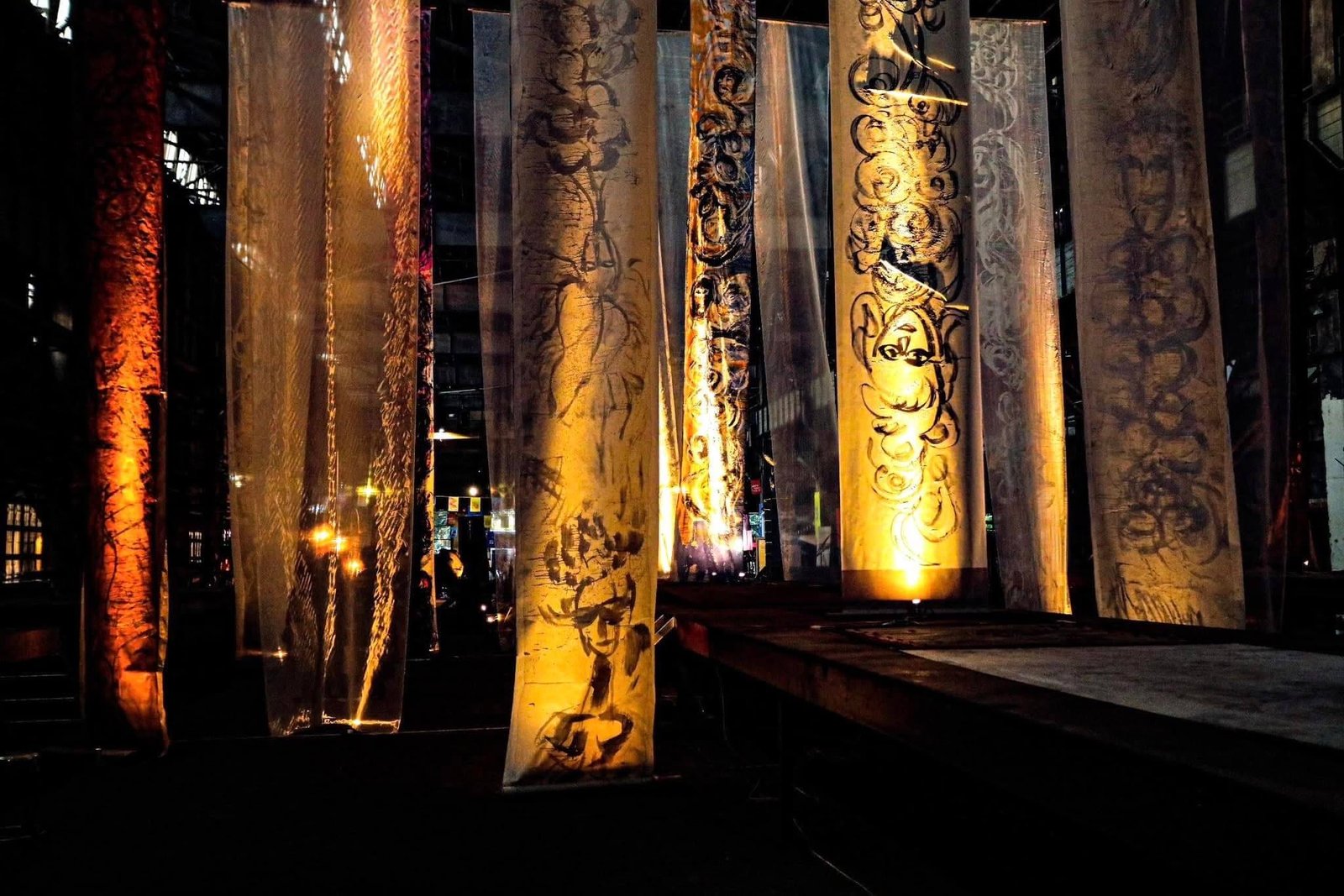
IV. The Philosophy of “Mưỡu”
If Tiếng gọi is a call, Mưỡu is an invocation. The word, borrowed from the preludes of ca trù singing, suggests a mixture of prayer and play, lament and laughter.
In Thu Trần’s hands, Mưỡu becomes philosophy. It is the acceptance of hesitation, the embrace of imperfection, the invitation to digress. Her handmade paper works embody this: stains incomplete, brushstrokes trailing, surfaces mottled as if already aged by memory.
Lý Trực Sơn calls this her personal creative method — “the Primordial and the Mutable”: instinct joined with freedom, discipline balanced with improvisation.
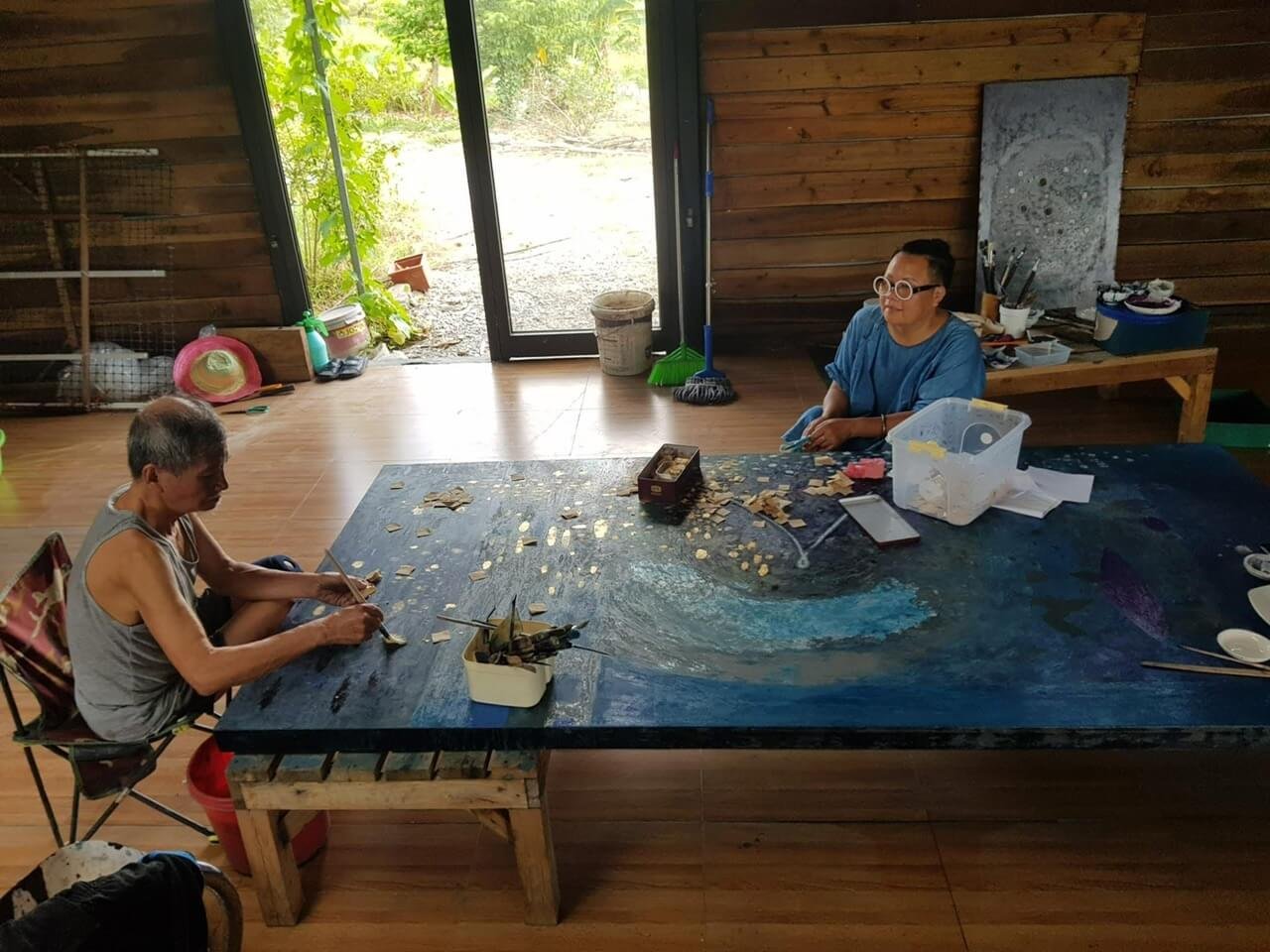
But it is also confession. Mưỡu reveals an artist unafraid to show vulnerability, to expose doubt beside passion. And it is perhaps this honesty that makes her art resonate. Fragility becomes strength; uncertainty becomes intimacy.
V. Toward a Philosophy of Artistic Existence
To speak of Thu Trần is to speak of art as vocation, not profession. It is what theologian Paul Tillich would call “ultimate concern.” This explains why her art resists superficial categories. It is not only feminist, though it exalts the feminine; not only installation, though it transforms space; not only ecological, though it honors nature. It is all of these, and more, because it springs not from program but from lived intensity.
Her practice is also testimony to perseverance. As critics remind us, artistic labor is not only inspiration but endurance — patience, courage, unrelenting work. To stage two simultaneous exhibitions across North and South, to reinvent materials at each turn, is a feat of stamina as much as vision.
Yet the measure of her work is not effort but resonance. To stand before her silks or papers is to feel oneself both diminished and enlarged: dwarfed by cosmic forces, yet touched with whispered intimacy. This duality — cosmic and personal, monumental and tender — is her singular gift.
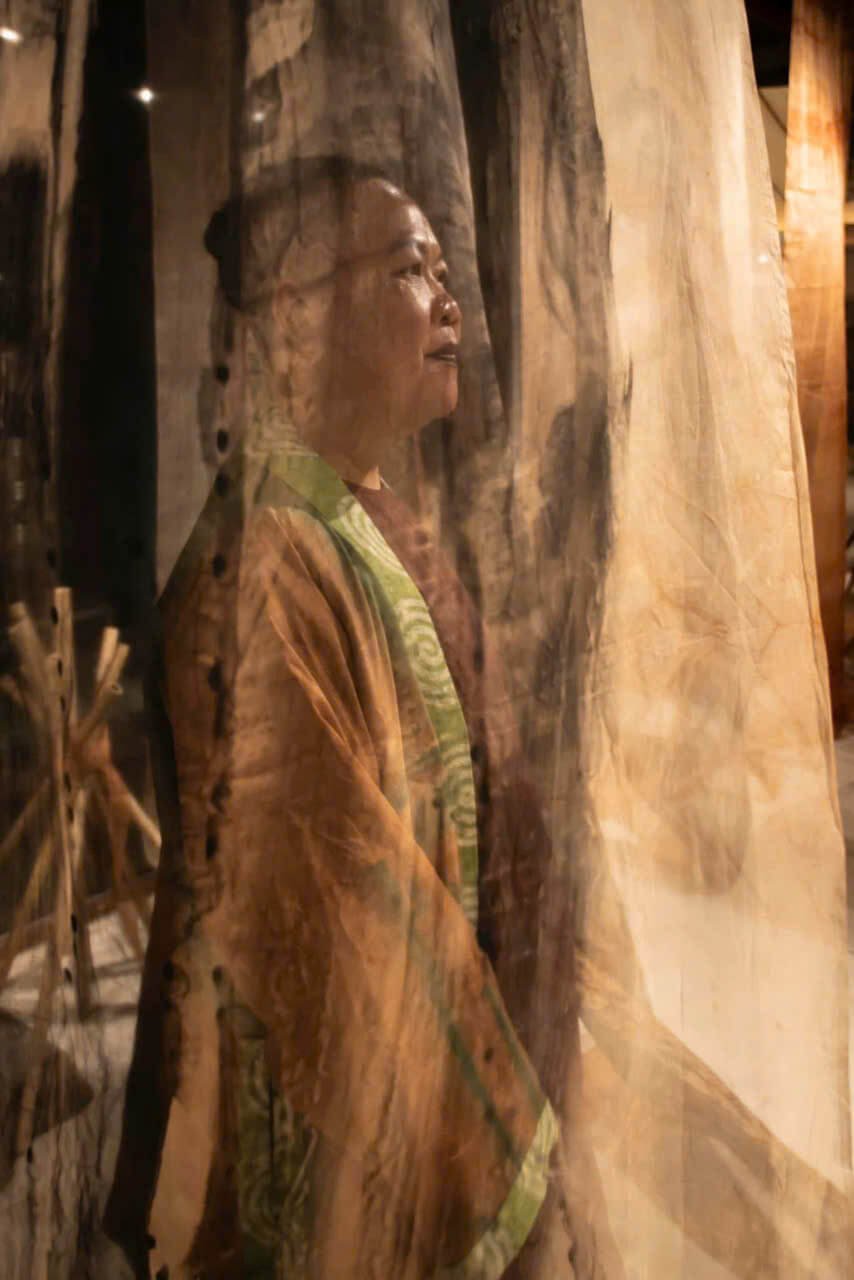
Conclusion: The Call That Persists
In contemplating Thu Trần, metaphors abound: river and flame, mother and wound, earth and sky. Yet perhaps none is truer than the one she herself offers: Tiếng gọi — “The Call.”
Her works do not end at their edges. They reach outward, summoning us into reflection. They remind us that beauty is not escape but confrontation, that art is not ornament but encounter.
What lingers is not just her confession but our mirror. Her silks and pigments affirm that even in fragility there is magnificence, that even in sorrow there can be splendor.
“Chắc chắn phải là một tình yêu bền chặt, mê say và quyết liệt,” wrote Lý Trực Sơn — “It must be a love that is enduring, passionate, and resolute.”
And so it is. In her work, we hear not only her voice but our own. A call that lingers. A call that insists. A call that cannot — and should not — be ignored.

